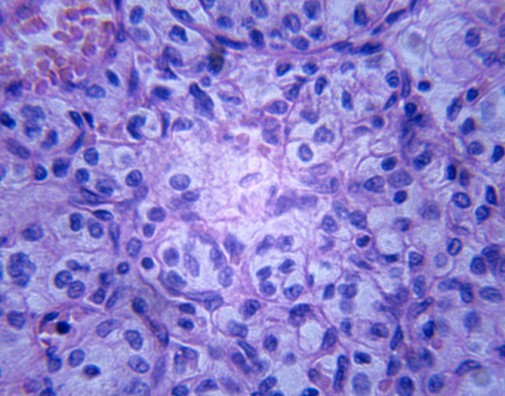Scientists create the first 3-D mammary gland
Like something out of a science fiction novel, scientists have figured out how to grow human breasts in a petri dish in what’s being described as a technological breakthrough that could shed light on how breast cancer grows and spreads.
The aggressive behavior of breast cancer cells most likely originates in the mammary gland, which develops and functions throughout a woman’s reproductive years, allowing her body to produce milk even after pregnancies. This “high cellular turnover” requires the presence of cells with regenerative capacity such as stem cells.
Using healthy tissue from women who had breast reduction surgeries, researchers created the petri dish breast to study the function of normal breast stem cells.
“Research like this helps us learn more about breast cancer and how it spreads,” says Dr. Gale England, breast surgeon at Advocate Good Samaritan Hospital in Downers Grove, Ill. “It can provide potential for the future of breast cancer treatment.”
Study leaders at German Research Center for Environmental Health determined that the cultured human breast epithelial cells rebuilds the three-dimensional tissue architecture of the mammary gland.
Isolating the tissue from the human body in a laboratory allows researchers to mimic regenerative qualities of mammary gland cells in a controlled environment, creating an “experimental treasure chest that enables us to tease out individual difference in the behavior of stem and other cells in the human mammary gland,” study co-author Haruko Miura said in a news release.
Researchers found that the regenerative properties of the cells were influenced by the physical properties of their surrounding environment – specifically, a rigid, transparent gel used to help the cells divide and spread.
“This technological breakthrough provides the basis for many research projects, both those aimed to understand how breast cancer cells acquire aggressive traits, as well as, to elucidate how adult stem cells function in normal regeneration,” study leader Christina Scheel said.
An estimated one in eight U.S. women will develop invasive breast cancer over the course of her life, according to breastcancer.org. Although death rates have been decreasing since 1989, more than 40,000 women are expected to die in 2015 from breast cancer.


















